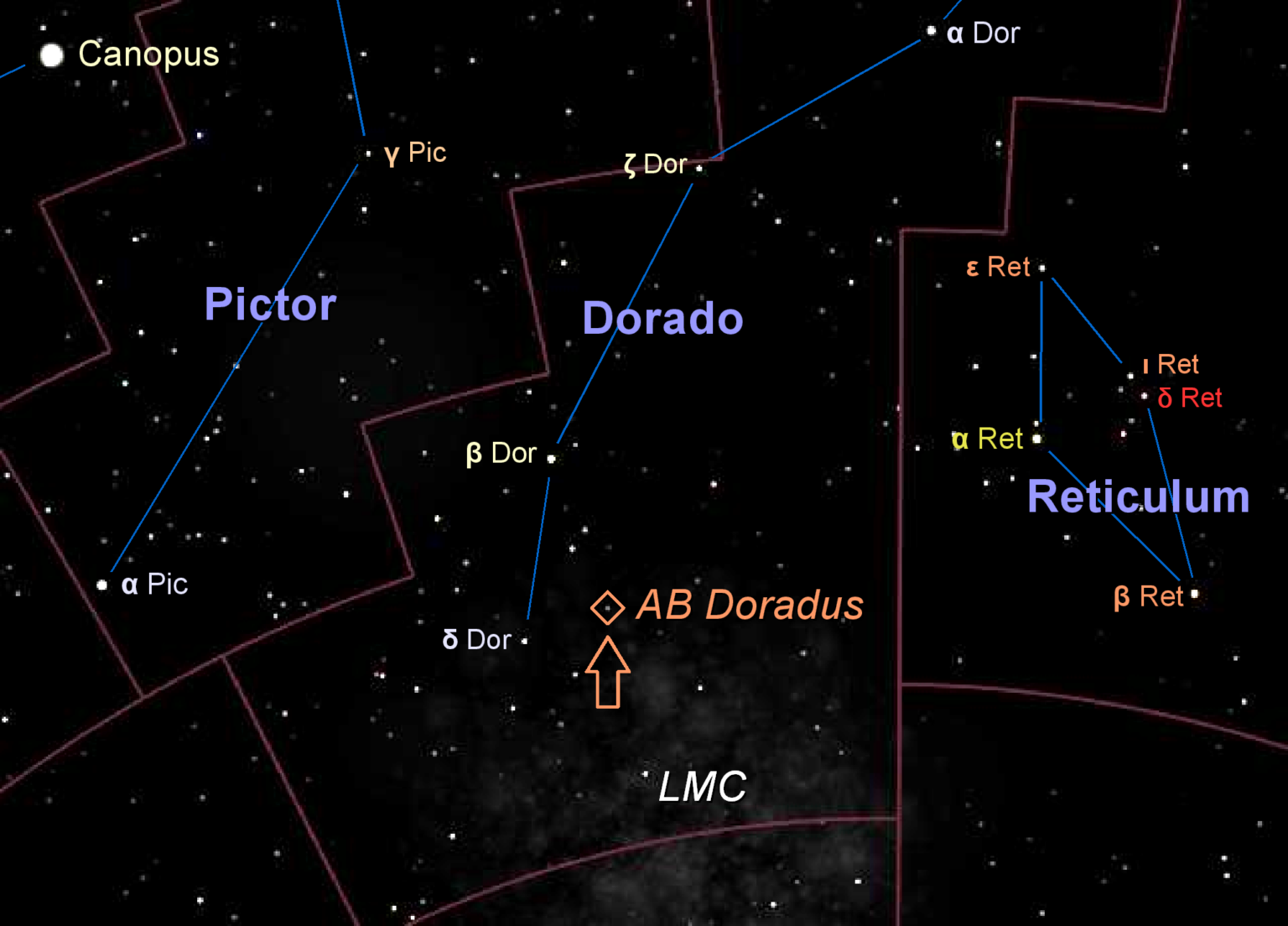Astronomers have been observing an interesting star in the constellation Dorado. It demonstrates at least two different cycles of activity. In the new study, they could learn more about this.

Observations of an unusual star
Indian astronomers have conducted long-term X-ray observations of a nearby and active star known as AB Doradus A. The results of a number of observations published on February 29 on the arXiv preprint server provide important information about the short- and long-term variability of this star.
Located 48.4 light-years away from us, AB Doradus A (or AB Dor A for short) is a K0 type star in the constellation Dorado that has recently reached the main sequence, that is, it is very young. It is similar in size to the Sun, and its mass is about 86 percent of our luminary.
This star is part of a quintuplet stellar system, that is, there are four other luminaries in the system besides it. It has a rotation period of about 0.51 days and demonstrates strong magnetic activity with an average X-ray luminosity in the range of one nonillion erg/s.
AB Doradus A experiences frequent episodes of flares and shows periodic increases in activity. One of the previous photometric studies of this star shows that it exhibits at least two different types of activity cycles: one with a period of 5-7 years, in which activity switches between two active points on the surface of the star, and the other with a period of 19-22 years, similar to the 11-year solar cycle.
Cycles of star activity
To shed more light on the activity cycles of AB Doradus A and its variability in general, Gurpreet Singh and Jeewan C. Pandey from the Indian Research Institute of Observational Sciences (ARIES) analyzed data from the ESA’s XMM-Newton satellite. It regularly observes this star.
The study confirmed that the star shows frequent flares, which account for an average of 57% of the total observation time. The analysis of the quiescent light curves revealed the presence of rotational modulation in most epochs of observations. Based on the coronal images of AB Doradus A, astronomers have discovered the presence of two separate active longitudes, each located at a distance of 180 degrees from each other. It turns out that these active longitudes show migration and variations in their relative brightness, with one active longitude dominating the other.
After analyzing the long-term X-ray light curve of the star, the researchers identified periods of approximately 3.6, 5.4 and 19.2 years. They suggest that the 5.4-year period is associated with the flip-flop X-ray cycle, whereas the 19.2-year period may correspond to a long-term cycle. However, the authors of the article added that the flip-flop X-ray cycle requires confirmation using long-term X-ray observations with an adequate approach.
According to phys.org
Follow us on Twitter to get the most interesting space news in time
https://twitter.comne/ust_magazine


